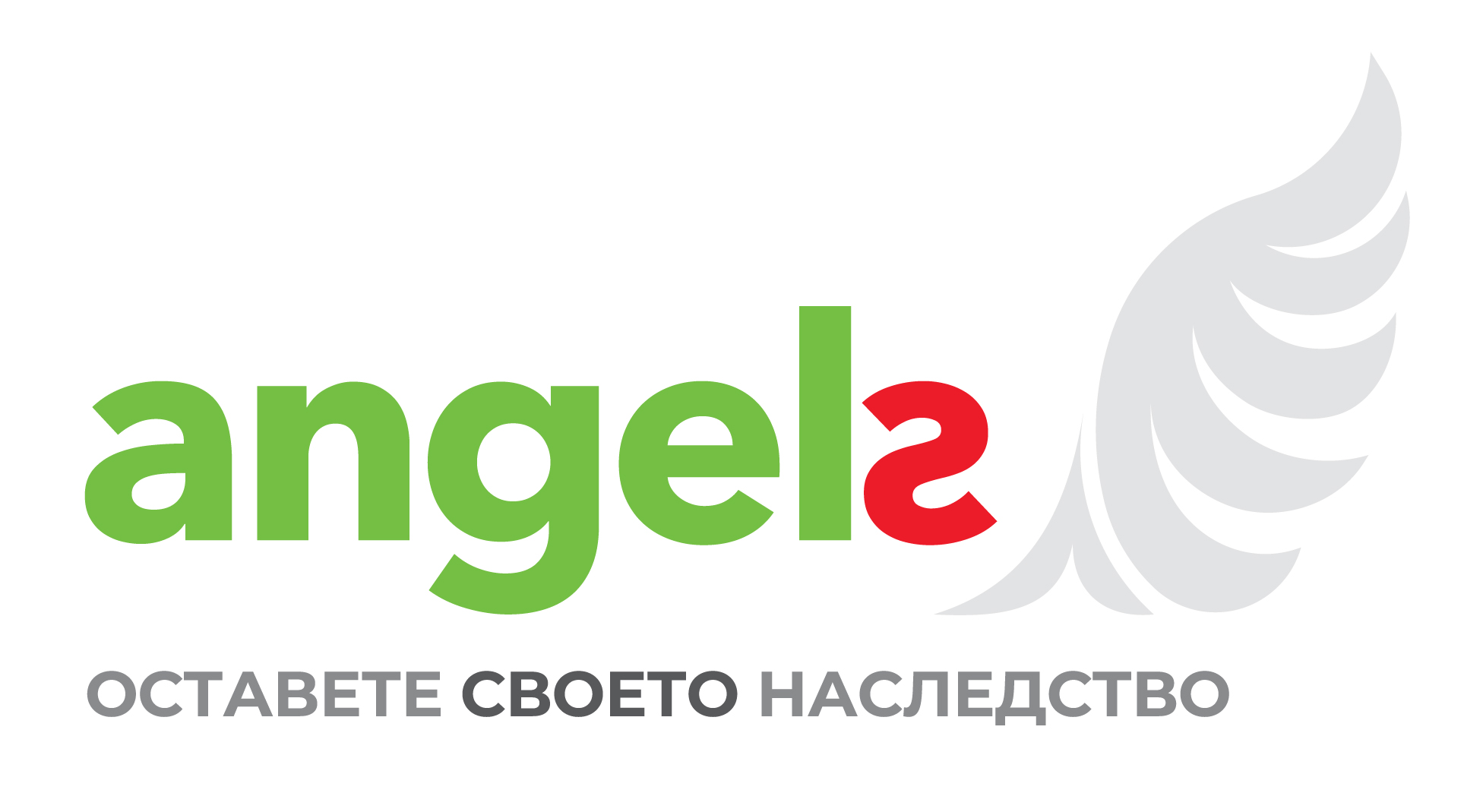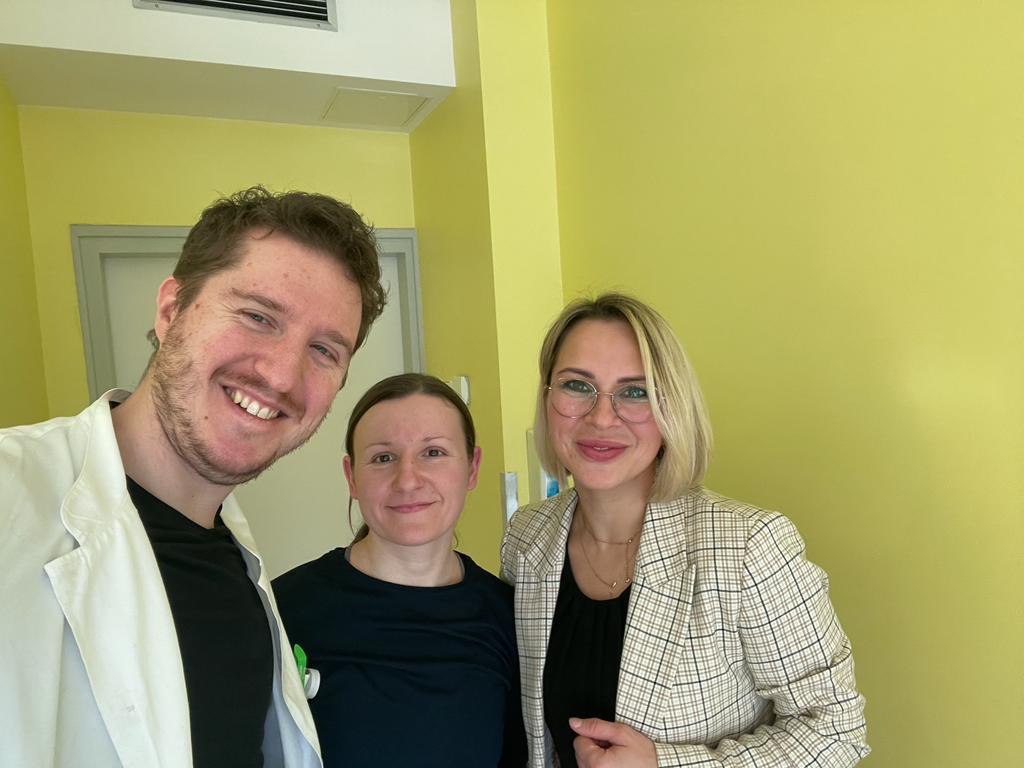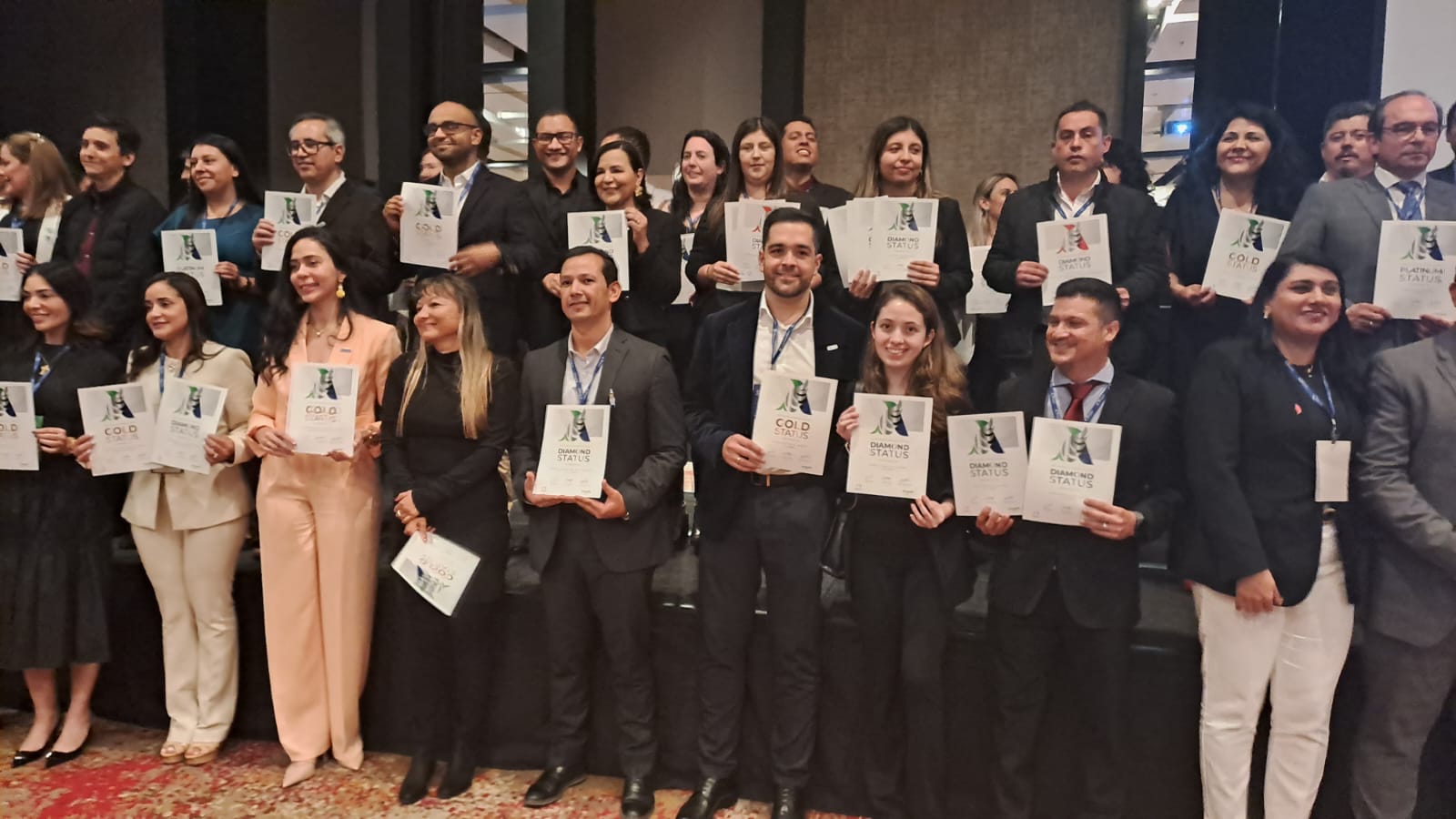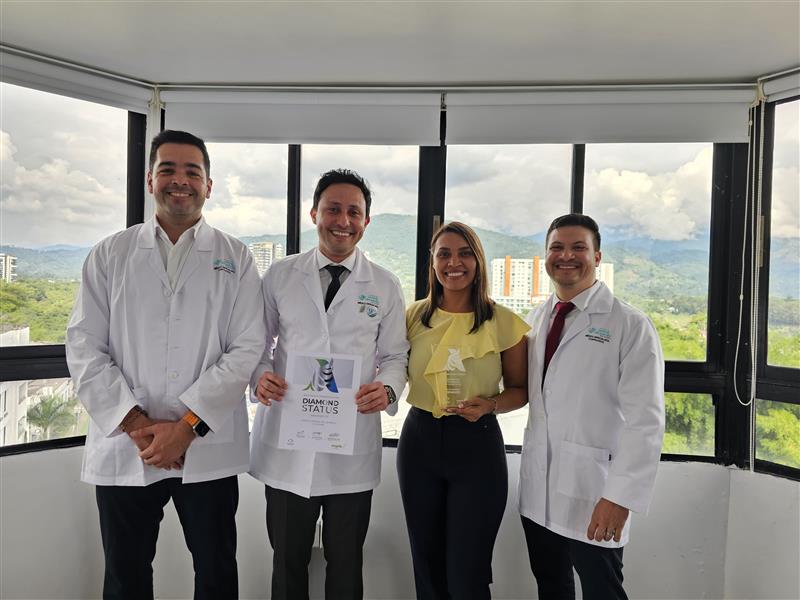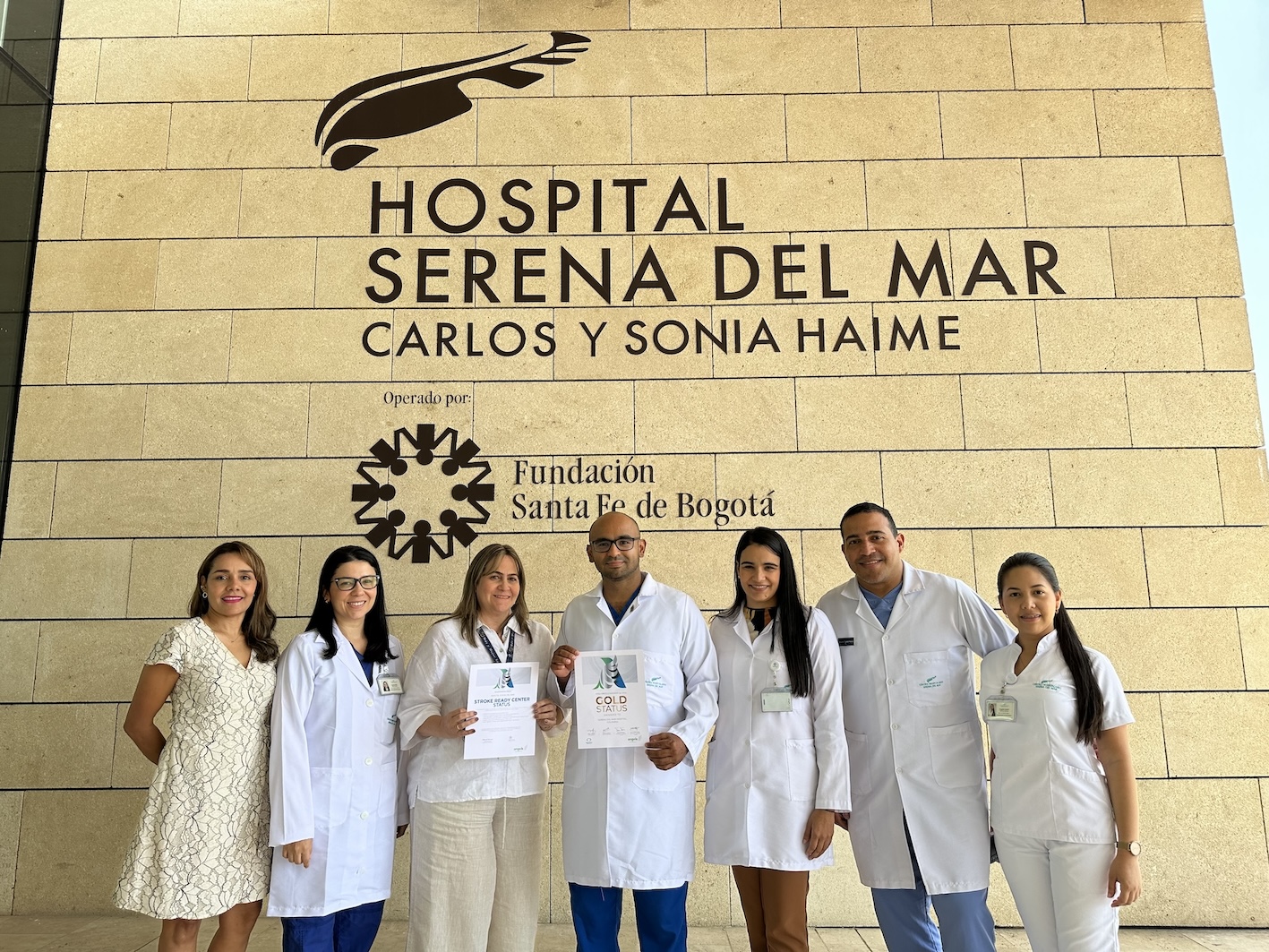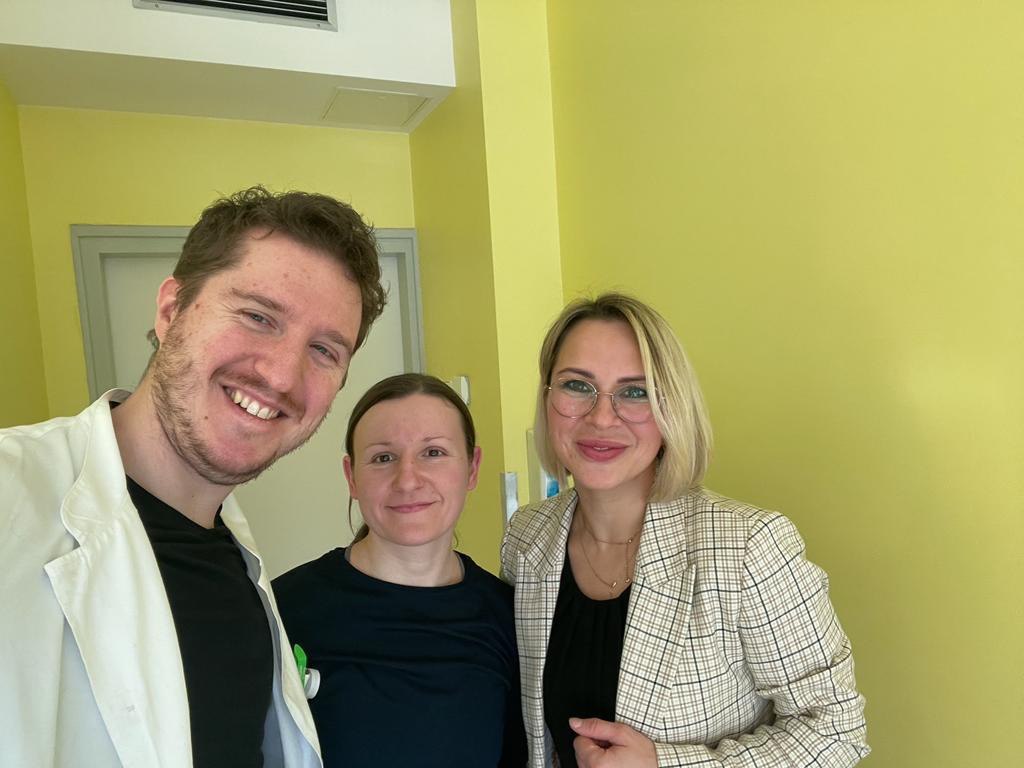
Според туристическите брошури за Хърватска има повече от живописното и сложно назъбено крайбрежие и девствени плажове.
Горната част на полумесеца е толкова зелена, колкото и брега, и това не е единствената разлика между вътрешните и крайбрежните райони. Има мек средиземноморски климат на брега в сравнение с топлите лета и студените зими на континентална Хърватия, плюс индикациите (вдъхновяващи за бъдещите купувачи на недвижими имоти, търсещи изглед към океана), че крайбрежните имоти могат да струват около пет пъти повече на квадратен метър в сравнение с по-достъпните имоти в североизточната част на страната.
Още по-отрезвяващ е фактът, че (според проучване от 2015 г.) честотата на инсулт в континенталната част е с 45 процента по-висока, отколкото на брега, където редовно се консумират риба, плодове, зеленчуци и зехтин.
Време е да удвоите плановете си да се придържате към средиземноморска диета?
Но това неравенство не е основната причина, поради която Angels консултант“ Мария Шевердина започва работата си в Хърватия в региона Копривничко-Крижевачка, разположен на североизточната граница с Унгария. Тя казва: „Когато започнах да работя в Хърватия, реших да отида регион по регион. И имаше смисъл да започнем в Централна Хърватия и болниците около [столицата] Загреб.“
Загреб е дестинацията за първото си пътуване до Хърватия по покана на проф. Хрвое Будинчевич, който, както и оглавява награждавания отделение по неврология в Университетската болница Свети Дух и Хърватското дружество по инсулт, служи в ръководния комитет на Плана за действие при инсулт за Европа на ESO.
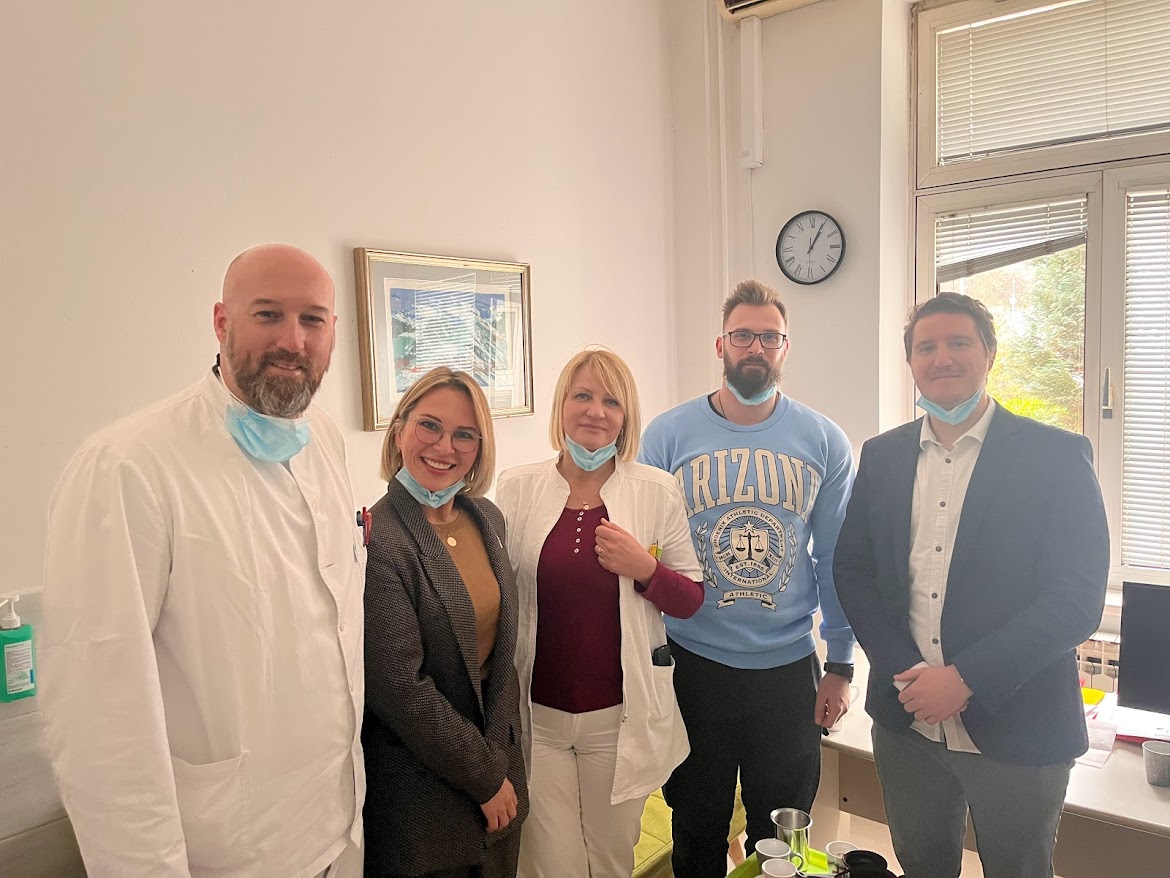
На срещата присъства и екипът от Общата болница „Д-р Томислав Бардек“ в Копривница, чийто ръководител по неврология, д-р Юрадж Марк Пойе, присъства на семинар „Обучение на обучаващия“ на „Ангели“ през 2019 г.
Д-р Юрадж искаше да направи промени в болницата си, за да намали времето за DTN от 85 минути, но се нуждаеше от подкрепа. Така че следващата й визита в Хърватия през май 2023 г. доведе Мария на решаваща среща в Копривница, където болницата на д-р Юрадж лекуваше между 2 и 3 пациенти на месец.
Директорът на болницата д-р Мато Девчич, сам специалист по анестезия, реанимация и интензивни грижи, откри срещата, подчертавайки важността на инсулта. Всички останали в залата, представляващи няколко отдела, ще станат част от работната група за подобряване на инсулта, ръководена от д-р Юрадж, ръководителя на спешно отделение д-р Дияна Осман и сестрата по неврология Габриела Шимунич (univ.mag.med.techn). Към тях се присъединиха директорът на СМП Златика Кучеко Гуделж (дипл.iur.) и лекарят по СМП д-р Ана Домян Бабич, чийто ентусиазъм ще бъде от жизненоважно значение в стратегията, която ще излезе от срещата.
Скоро стана ясно защо времето на DTN в Обща болница „Д-р Томислав Бардек“ беше доста дълго. Пациентите с инсулт са пристигнали в болницата без предварително уведомяване и са били приети в спешно отделение (ED), което е извършило тяхната стандартна вътрешна процедура. Лекарят от ED направи оценка и нареди КТ сканиране, след което предупреди невролога. След това неврологът дойде в ЕД и прегледа пациент, преди да вземе решение за следващия курс на действие.
Мария искаше да им помогне да изпълнят четирите ключови приоритетни действия, за които беше гарантирано, че ще съкратят DTN времената, а предварителното уведомяване беше логичното място за начало.
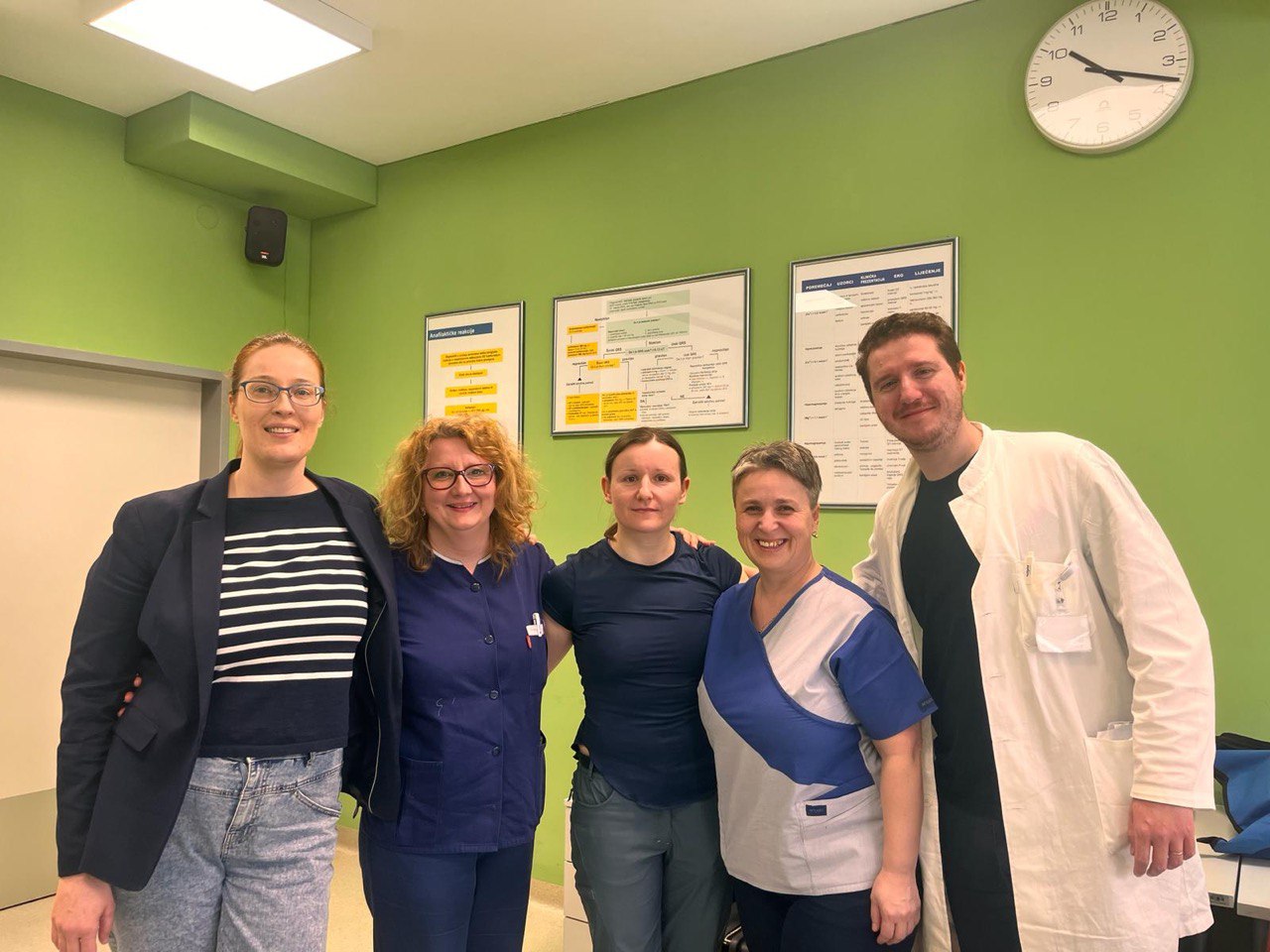
Беше договорено, че в бъдеще СМП директно ще уведоми невролога, който ще се срещне с пациент на входа за спешни случаи и ще го придружава до клиничното решение. Процесът ще бъде подкрепен от контролния списък за предварително уведомяване, който д-р Юрадж преведе на хърватски език.
За да се свие промяната, така че задачата да изглежда по-малко обезсърчаваща, беше договорено допълнително, че ще започне едномесечен пробен период на 12 октомври 2023, за да се разбере как на практика е работило предварителното уведомяване и контролните списъци.
Следващата визита на Мария в Копривница беше на 22 ноември. Беше началото на зимата и имаше ухапване във въздуха. Но вътре в Генералната болница „Д-р Томислав Бардек“ Копривница имаше топлия блясък на успеха. През предходния месец болницата е лекувала девет пациенти с инсулт средно за DTN време от 55 минути.
Сега болницата има два пътя за пациенти с инсулт. Тези, които пристигат чрез СМП, се посрещат на входа от невролога, който е бил предварително уведомен за тяхното пристигане. В около 25% от случаите, при които пациентите пристигат чрез частен транспорт, лекарят от ED ще извърши бърз преглед, преди да предупреди КТ и невролога. Неврологът ще се срещне с пациент в КТ, където лекарят по ED ще предаде контролен списък, който в момента се адаптира за тази цел. Вземането на решения и в двата сценария ще се извършва в КТ.
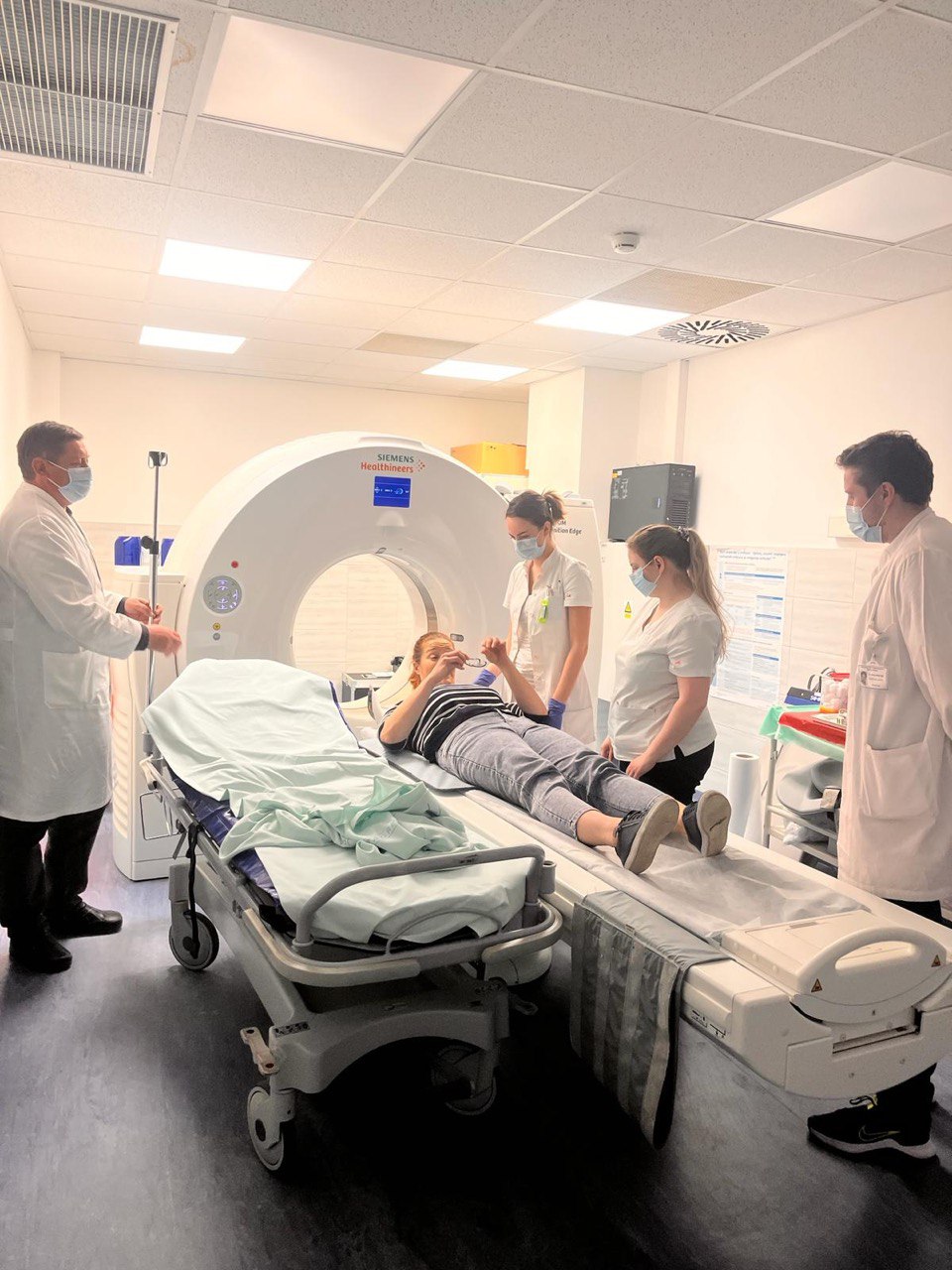
Д-р Дияна Осман сега има задачата да създаде и адаптира списъците за проверка за ED, противопоказания, нови протоколи и алгоритми за пътека, които ще стандартизират актуализирания път за инсулт.
Тези последни подобрения са резултат от две симулации, които се състояха през март. И в двата случая симулираният път е този на пациентите, пристигащи сами, като д-р Ана Домян Бабич от СМП изпълнява ролята на пациент. Първата симулация беше завършена за 33 минути. След промени в пътя за елиминиране на дублирането, симулация две седмици по-късно генерира DTN време от 18 минути.
Юни 2024 г. ще донесе по-голям напредък в Копривница с друга симулация (този път включваща СМП), преглед на процеса и обучение за медицински сестри, които ще включват медицински сестри от близките градове.
Д-р Юрадж трябва да бъде доволен, както вече е ентусиазиран от всички в работната група. DTN намалява до между 40 и 60 минути; мониторингът на качеството се превърна в приоритет и както болницата, така и СМП вече са в обсега на златните награди.
Прогнозата е, че ще бъде толкова слънчево и топло отвътре, колкото и отвън.
